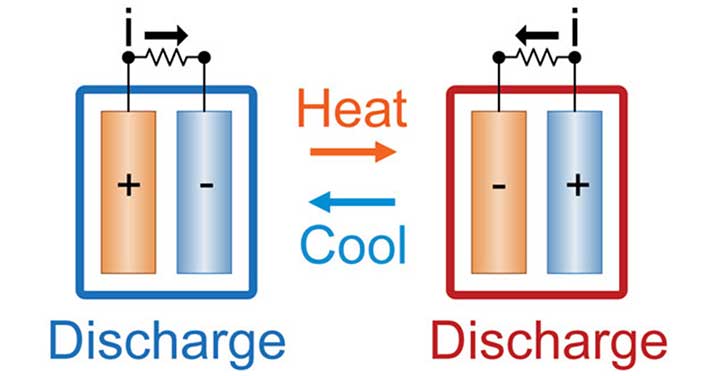
Harvesting Energy From Waste Heat?
Truth be told, at first glance even the idea of harvesting energy from waste heat seems more like something you would encounter in a Science Fiction novel. Yet researchers at the University of Utah are suggesting that they have discovered a material that does in fact allow waste heat to be re-used.
For the record, there is already a known scientific process of utilizing waste heat. In the world of science, this process is referred to as the Seebeck effect. The Seebeck effect that heating one end of a metallic rod will trigger the electrons to flow towards the other end. In fact, the greater the temperature difference between the hot end of the rod and the cold end the greater the amount of electron flow or electricity.
Although that sounds simple in practice, the challenge is that there is an inherent limitation to this process. As the other end of the rod naturally gets hotter, the electron flow slows and eventually stops. In other words, the closer the temperature gets to uniform, the process grinds to a halt. As a result, to date there are few practical uses of this thermoelectric effect.
Thus there has been a quest underway in scientific circles to find a more suitable material for the Seebeck effect. That material would need to have the dual properties of being a good conductor of electricity while at the same time being a poor conductor of heat.
However, the Utah scientists have discovered a rather unique material that looks to be a step forward for utilizing the Seebeck effect. This material is actually a unique blend of calcium, cobalt and terbium. As of now, the scientists are envisioning the use of their material on cookware.
Why cookware? For the simple reason that most everyone burns some sort of fuel for cooking. The fact of the matter is that a rather large percentage of the heat produced for cooking is in fact waste heat. For example, the exterior of a cooking pan is significantly hotter than the interior.









